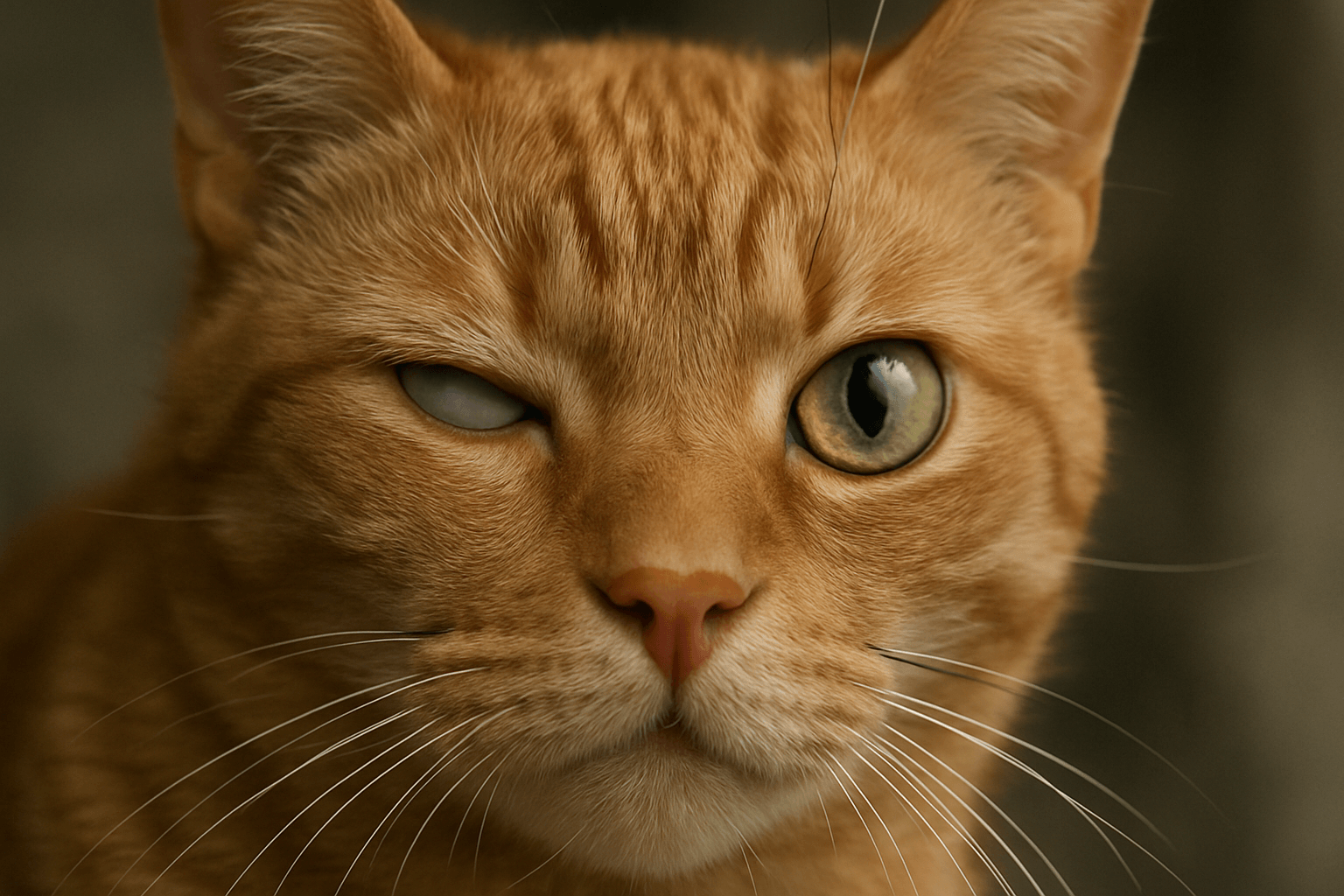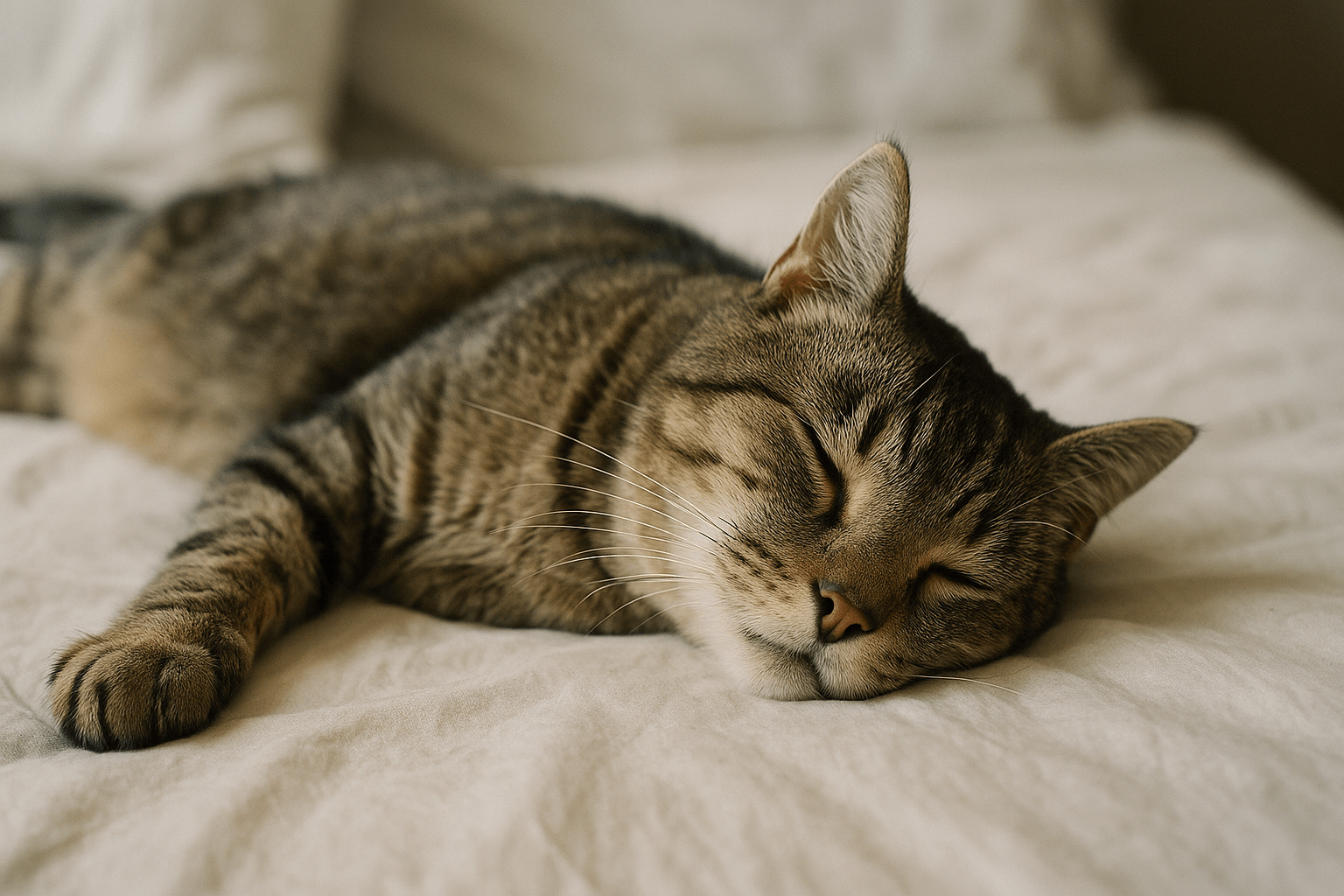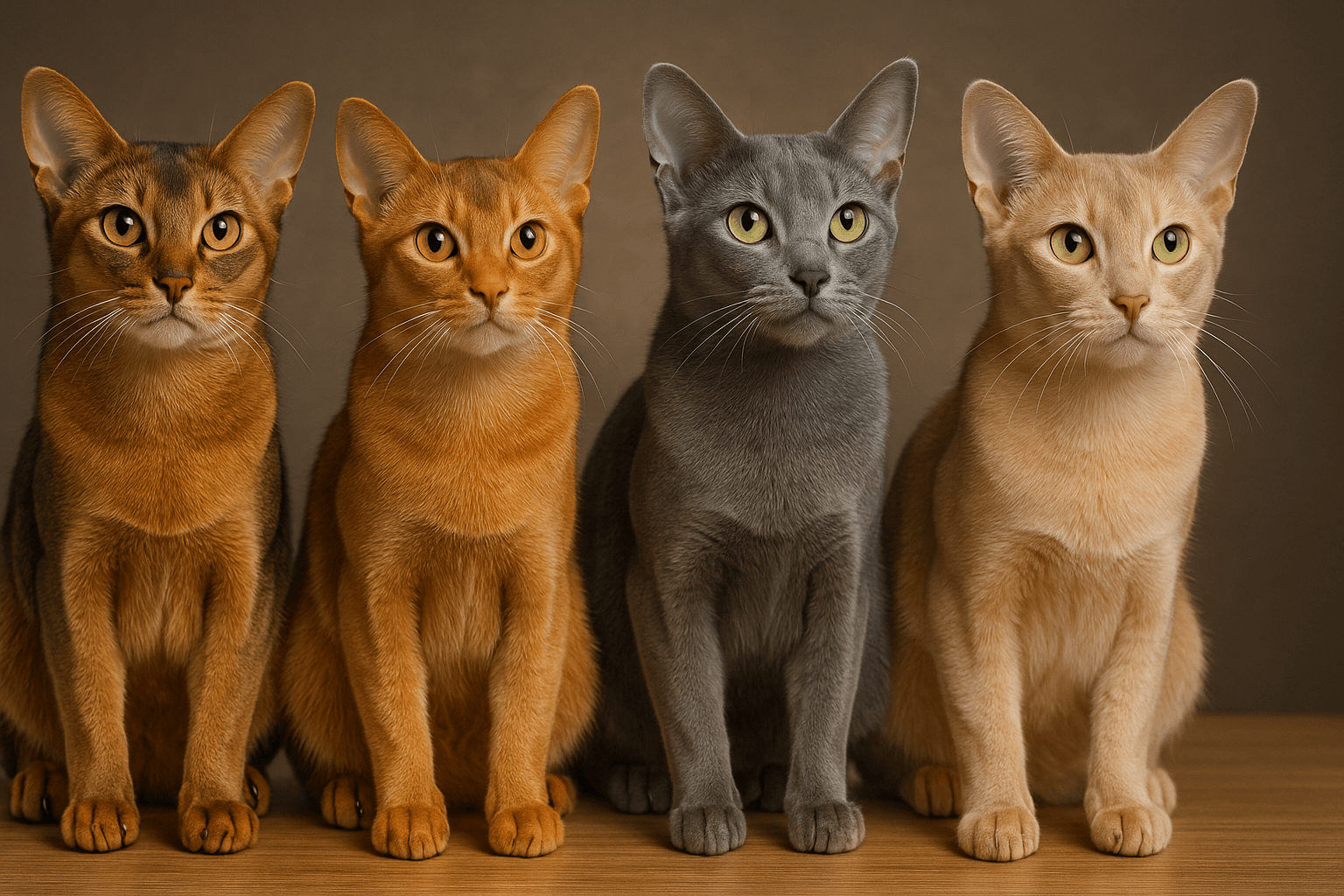Why Does My Dog Lick My Face Aggressively?
If you’ve ever been on the receiving end of your dog’s enthusiastic face-licking, you might wonder what’s behind this behavior. While it’s often seen as a sign of affection, aggressive face-licking can have deeper meanings rooted in your dog’s instincts, emotions, and environment. Understanding why your furry friend engages in this behavior is key to ensuring their needs are met while maintaining a healthy bond. In this blog post, we’ll explore the reasons behind this behavior, how to interpret it, and what you can do to manage it effectively.
Reasons Why Dogs Lick Faces Aggressively
Dogs communicate through actions, and face-licking is one of their many ways of expressing themselves. Here are some common reasons why your dog might be licking your face aggressively.
Affection and Bonding:
Licking is a natural way for dogs to show love and strengthen their connection with their human companions. It mimics the grooming behavior they experienced as puppies.Seeking Attention:
If your dog wants your focus, they may resort to aggressive licking to get you to notice them. This behavior often works because it elicits a reaction.Exploring Scent and Taste:
Dogs use their sense of smell and taste to gather information. The saltiness of human skin or lingering food scents can make your face an irresistible target.Stress or Anxiety Relief:
Licking releases endorphins in dogs, which can help them feel calmer during stressful situations. Your face might become their go-to spot for self-soothing.Instinctual Behavior:
Wild ancestors of dogs licked the faces of pack leaders to show submission and request food. Modern dogs may retain this instinctive trait.
Understanding these motivations helps you respond appropriately to your dog’s needs while addressing any underlying issues.

Signs That Aggressive Licking May Be Problematic
While occasional face-licking is normal, excessively aggressive licking can sometimes indicate underlying problems. Look out for these signs that your dog’s behavior may need attention.
Obsessive Licking Patterns:
If your dog licks repeatedly without stopping, it could signal compulsive behavior tied to anxiety or boredom.Skin Irritation or Injury:
Persistent licking can lead to redness, irritation, or even infections on your skin, especially if your dog isn’t gentle.Changes in Behavior:
A sudden increase in licking frequency might reflect stress, illness, or discomfort that requires further investigation.Disruption of Daily Life:
If the licking becomes so intense that it interferes with your ability to relax or interact normally, it’s time to address the issue.Growling or Guarding Behavior:
Some dogs combine aggressive licking with possessive behaviors, which can escalate into resource guarding or territoriality.
Recognizing these warning signs allows you to intervene early and ensure your dog remains happy and healthy.
Check this guide 👉Why Do Dogs Lick Their Cage? Best 7 Expert Tips!
Check this guide 👉Why Does My Dog Lick My Knees? Best 7 Expert Tips!
Check this guide 👉Why Does My Dog Lick My Face in the Morning? Best 7 Tips!
Possible Causes of Aggressive Licking | Ways to Address the Behavior |
|---|---|
Seeking attention | Provide structured playtime and training |
Anxiety or stress | Create a calming environment with routines |
Hunger or thirst | Ensure regular feeding and hydration |
Boredom or lack of stimulation | Offer interactive toys and mental challenges |
Instinctual or learned behavior | Redirect the behavior with positive reinforcement |
How to Manage Aggressive Face-Licking Behavior
If your dog’s face-licking becomes overwhelming, there are several strategies you can use to redirect and manage the behavior. These tips will help you set boundaries while keeping your bond strong.
Teach a “Leave It” Command:
Train your dog to stop licking on command by rewarding them when they obey. Consistency is key to reinforcing this new behavior.Provide Alternatives for Stimulation:
Offer chew toys or lick mats to satisfy your dog’s urge to lick in a more appropriate manner.Set Clear Boundaries:
Gently push your dog away and say “no” firmly when they start licking aggressively. Avoid encouraging the behavior unintentionally.Increase Physical Exercise:
A tired dog is less likely to engage in excessive licking. Incorporate daily walks, runs, or play sessions to burn off excess energy.Consult a Professional Trainer:
If the behavior persists despite your efforts, seek guidance from a certified dog trainer or behaviorist for personalized advice.
With patience and consistency, you can curb unwanted licking while fostering a harmonious relationship with your pet.
Building a Healthier Relationship Through Communication
Redirecting aggressive licking involves understanding your dog’s emotional state and finding alternative ways to meet their needs. Strengthening communication builds trust and reduces frustration for both parties.
Observe Body Language:
Pay attention to your dog’s posture, tail wagging, and facial expressions to better understand their intentions before they begin licking.Reward Calm Interactions:
Praise and reward your dog when they greet you calmly instead of launching into aggressive licking. Positive reinforcement encourages desirable behaviors.Practice Short Training Sessions:
Keep training sessions brief but frequent to avoid overwhelming your dog. Focus on one skill at a time to build confidence.Use Distraction Techniques:
Redirect your dog’s focus to a toy or task whenever they attempt to lick your face aggressively. Over time, they’ll learn to associate calm behavior with rewards.Be Patient and Consistent:
Changing ingrained habits takes time. Stay consistent with your approach to see lasting results.
By prioritizing clear communication and mutual respect, you can transform aggressive licking into a more manageable form of interaction.
Additional Triggers for Aggressive Licking
Certain triggers can intensify your dog’s urge to lick your face aggressively. Identifying and minimizing these factors can help reduce the behavior over time.
Excitement During Greetings:
Dogs often lick enthusiastically when greeting their owners after separation. Teaching calm greetings can mitigate this response.Food Residue on Skin:
Leftover crumbs or salty sweat on your face can tempt your dog to lick persistently. Wash your face regularly to minimize temptation.Lack of Socialization:
Dogs that haven’t been exposed to diverse environments may develop over-the-top behaviors like aggressive licking due to limited outlets for energy.Medical Conditions:
Underlying health issues such as gastrointestinal problems or dental pain can manifest as increased licking. Rule out medical causes with a vet visit.Reinforcement Through Reaction:
Laughing, talking, or pushing your dog away during licking can inadvertently encourage the behavior. Remain neutral to avoid reinforcing it.
Addressing these triggers can significantly reduce the frequency and intensity of your dog’s aggressive licking episodes.
Fun Activities to Redirect Licking Energy
Redirecting your dog’s licking energy into constructive activities can prevent frustration and promote bonding. Try these fun ideas to keep your pup engaged.
Interactive Toys:
Puzzle feeders and treat-dispensing toys challenge your dog mentally and physically, reducing boredom-related licking.Fetch and Tug-of-War Games:
High-energy games like fetch or tug-of-war provide an outlet for pent-up energy and distract from face-licking tendencies.Obedience Training:
Engage your dog in short, fun training sessions to teach new commands or tricks, channeling their focus productively.Chew Treats and Bones:
Offering safe chew items satisfies your dog’s natural urge to gnaw and lick, keeping them occupied.Scent Work Exercises:
Hide treats around the house or yard for your dog to find using their nose, stimulating their mind and body simultaneously.
These activities not only entertain your dog but also foster a stronger connection between you and your pet.
Signs Your Dog Is Simply Showing Affection
Sometimes, aggressive licking isn’t problematic—it’s just your dog’s way of expressing love. Here’s how to tell if their behavior is purely affectionate.
Relaxed Body Language:
A wagging tail, soft eyes, and loose posture suggest your dog is feeling content and affectionate rather than anxious or stressed.Gentle vs. Forceful Licking:
Light, rhythmic licking typically indicates affection, whereas frantic or hard licking may signal excitement or anxiety.Contextual Timing:
Licking during cuddles or quiet moments is usually a gesture of love, while licking upon arrival home may stem from excitement.Consistent Behavior Patterns:
If your dog consistently licks everyone they adore, it’s likely a personality quirk rather than a behavioral issue.Positive Reactions from Owners:
If your dog receives praise or pets for licking, they’re likely repeating the behavior to express affection and gain approval.
Recognizing these signs reassures you that your dog’s licking is simply their unique way of saying, “I love you!”
Frequently Asked Questions About Dog Face Licking
Is it safe for my dog to lick my face?
Generally, yes, but maintaining good hygiene is essential to prevent bacterial transmission.
Why does my dog only lick me and not others?
Your dog likely feels a stronger bond with you or associates licking with receiving positive attention from you specifically.
How can I stop my dog from licking my face aggressively?
Use consistent training methods, redirect their energy, and establish clear boundaries.
Should I worry if my dog suddenly starts licking excessively?
Yes, sudden changes in behavior could indicate stress, illness, or discomfort, so consult a vet.
Can puppies grow out of aggressive licking?
With proper training and guidance, many puppies learn to control their licking tendencies as they mature.
Finding Balance in Your Dog’s Affectionate Gestures
Aggressive face-licking is a complex behavior rooted in instinct, emotion, and learned habits. By understanding its causes and implementing thoughtful strategies, you can guide your dog toward healthier forms of expression. Remember, every dog is unique, and patience is essential when addressing behavioral quirks. With consistent effort and open communication, you can nurture a loving, respectful relationship that benefits both you and your canine companion. After all, a little understanding goes a long way in strengthening the bond you share.
Why Is My Cats Second Eyelid Showing? Best 7 Expert Tips! Understand causes, health signs, and how to respond when your cat’s third eyelid becomes visible.
How Do I Know If My Cat Died Peacefully? Best 7 Expert Tips! Discover the quiet signs of a peaceful feline passing and find comfort in their final moments.
Cat Allergy Eyes: Best 7 Expert Tips! Discover why your eyes react to cats and learn proven strategies for relief—without giving up your feline friend.
Why Do Abyssinian Cat Colors Matter? Best 7 Expert Tips! Discover the genetics, rare hues, and care secrets behind Abyssinian coat colors for a healthier, happier cat.





